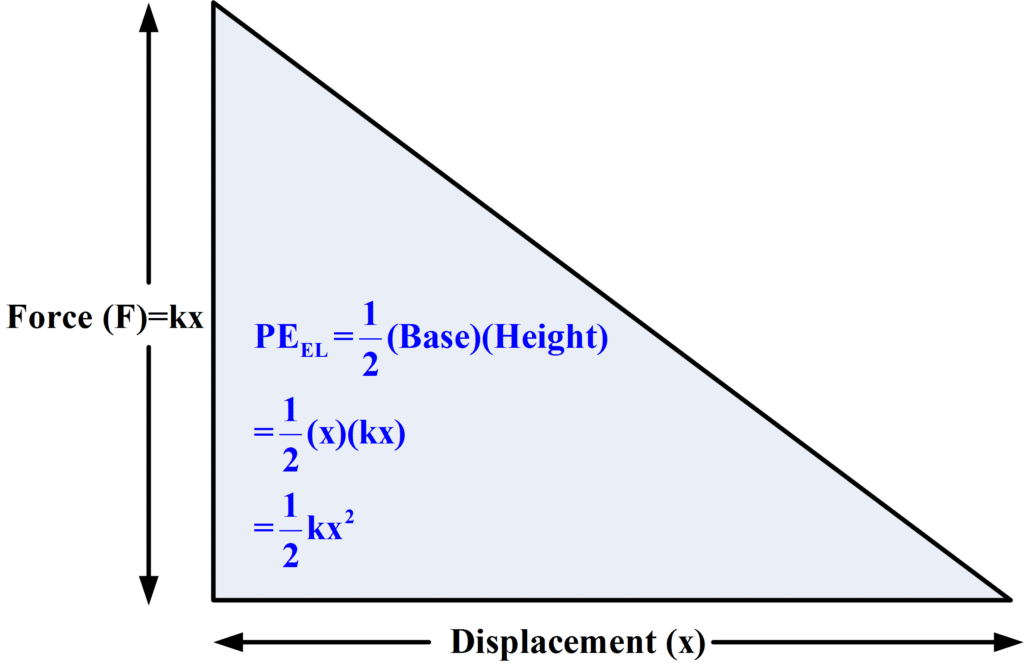Hooke’s Law Introduction
There are many examples of things that oscillate. Oscillations refer to an object or system that moves back and forth between two points and creates waves. A guitar string vibrates back and forth when plucked; the oscillations of the cone inside an audio speaker makes it produce sound waves that travel through the air; a child that plays on a swing goes back and forth is an oscillatory motion; even some atoms vibrate, especially when exposed to elevated temperatures.
All types of oscillations involve force and energy. A force causes a disturbance that activates the oscillation, and as the waves move from one location to another, energy is carried by them.
Hooke’s Law Example: Stress and Strain
If the end of a plastic ruler used for measuring is held in one hand and the other end is bent, it will oscillate when the bent end is allowed to return to its original position. The oscillations take place because of the restoring force that opposes displacement. This force is from the ruler being deformed. As the ruler reaches its original shape, called its equilibrium, its momentum carries it passed this position during the first oscillation, causing the opposite deformation and movement. This process is repeated until dissipative forces dampen the motion and the oscillations.
Hooke’s Law Definition
The most basic oscillations occur when the restoring force is directly proportional to displacement. The relationship between force and displacement is referred to as Hooke’s law.
Hooke’s Law Equation
Mathematically, it is expressed by the following formula:
\[\text{F=-kx}\]
Where,
F = Restoring Force
x = Deformation (Displacement from equilibrium)
k = Constant (related to the difficulty in deforming the object)
The minus sign indicates the restoring force is in the opposite direction of the displacement. The constant value indicated by k is dependent on the stiffness, or rigidity of the object. The greater the constant value, the larger the restoring force and the stiffer the object. The unit of measurement for k is Newton’s per meter (N/m).
Energy in Hooke’s Law of Deformation
The deformation of an object requires work. Work equals force times distance. Therefore when plucking a guitar string or compressing a spring, a force must cause an object to move through a distance. If the deformed object does not return to its equilibrium position, such as a compressed spring, potential energy is stored. Mathematically the potential energy stored in the spring is:
\[\text{P}{{\text{E}}_{\text{EL}}}\text{=}\frac{\text{1}}{\text{2}}\text{k}{{\text{x}}^{\text{2}}}\]
Where,
PEEL = Elastic potential energy
x = displacement from equilibrium
k = Constant (related to the difficulty in deforming the object)
Graphically, we can prove the above formula for potential energy using a simple triangle:
